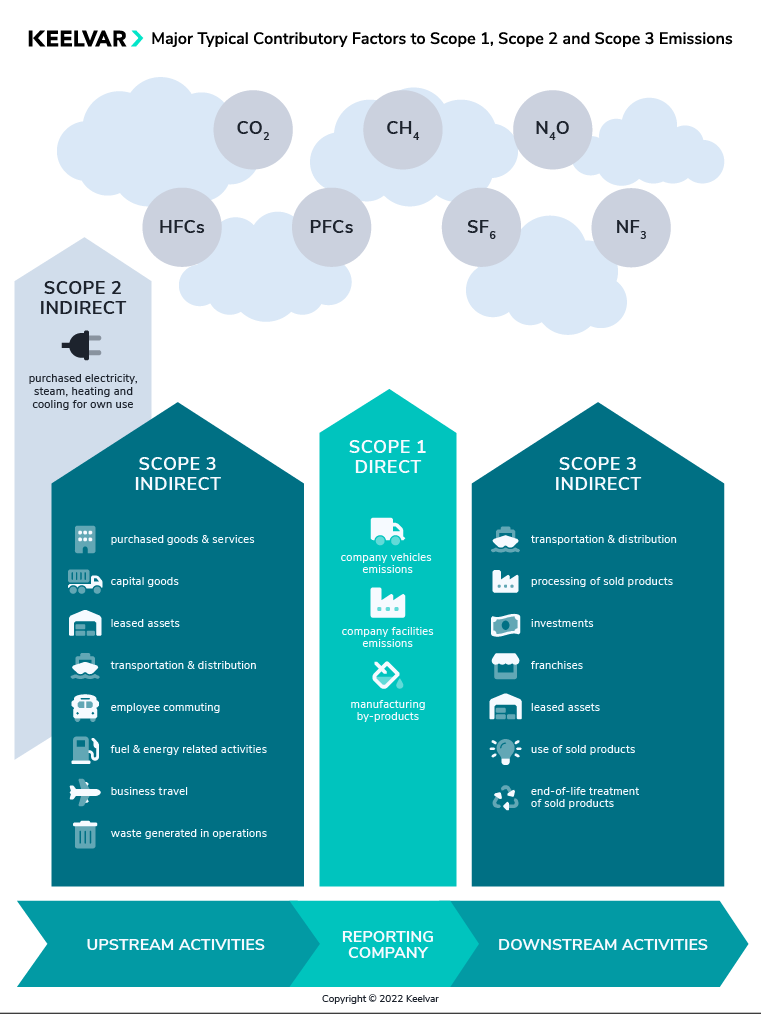 Pixabay
Pixabay
Sustainability has reached a turning point in procurement. In a recent webinar detailing the findings of a Keelvar survey of sourcing professionals, I found it fascinating that despite supply chain disruptions remaining an acute pain point for the industry, it was sustainability that received top billing from respondents as the supplier attribute most likely to increase in value for their organizations over the next five years.
While this may not have always been the case for businesses with supply chains, best-in-class companies are taking action in the face of a changing global landscape that looks poorly on environmental polluters, and they are increasingly aligning with customer preference for more sustainably produced goods.
It is becoming imperative that businesses look at sustainability as strategically important: procurement, particularly sourcing, is at the nexus of that shift in mindset. That said, the obstacles facing organizations with supply chains looking to lessen their impact on the environment are numerous.
For example, critical to achieving sustainability goals that could have a tangible positive impact on our planet’s future will be reducing greenhouse gas (GHG) emissions, but the tactics required to make good on these efforts are not always easy or straightforward.
Scoping out the problem
Committing to deliver on pledges to track, measure and effectively reduce Scope 1 and Scope 2 emissions – those emitting from a business’s own operations or produced through purchased energy – is ambitious in and of itself, and more so for companies operating in resource-intensive industries. But it’s certainly less of an arduous task than what’s required to mirror those efforts to reduce Scope 3 emissions.
Scope 3, or value chain emissions, are those resulting from your supplier’s activities. They are typically far larger than Scope 1 and 2 combined and can account for around 70% of a company’s carbon footprint. The crux of the problem for sourcing is that the data needed to track Scope 3 tends to be deeply hidden or lost along the supply chain.
So while most sustainability focused organizations have an awareness of their Scope 1 and 2 emissions, assessing and reducing Scope 3 emissions require a greater degree of effort and scrutiny to gather granular data about their suppliers’ carbon impact. Effectively doing so will require sourcing teams to focus on strengthening their supplier relationships and use some creative collaboration and incentivization strategies, too.
The ‘carrot & stick’ approach to sustainability
These days, the concept of ‘game theory’ is used quite liberally in procurement circles, yet it’s a field that is often misunderstood. Rather than narrowing their focus on the study of behavior in games, procurement and sourcing practitioners should strategize about how to design the rules of the game to get players to behave in the way they wish. Best practice, in this case, would be drawing on the concept of ‘mechanism design’ – designing incentive structures – as well as game theory for the most optimal outcome in supplier negotiations.
All too often, if you don’t realize the game is changing early enough, it’s probably too late. Smart companies increasingly recognize that not following more sustainable processes is an existential threat to the survival of their business, and have switched to playing the long game by investing in technologies that allow them to operate efficiently, but sustainably. But if you want your suppliers to invest in equipment, practices or processes that are more sustainable, then you have to design the incentives for them to do so.
For businesses looking to reduce their carbon footprint, this means buyers should bias in favor of suppliers who act sustainably, which in turn creates an incentive for sustainability laggards to adapt their processes. But you also need to be smart about how to craft your events so that the bidders competing for your business understand the ways they can win by aligning better with your sustainability agenda. This is where technology has a big part to play.
Optimizing for sustainability
Modern sourcing technology, such as sourcing optimization can make the journey to decarbonization much more manageable by allowing sourcing professionals to leverage quantitative data without burdening them with additional work.
For example, optimization-backed tech is ideal for managing multi-round, data-heavy competitive bid processes. Unlike basic e-sourcing tools, sourcing optimization can analyze complex trade-offs between multiple objectives, and doing so enables teams to understand how much spend they can feasibly allocate to sustainability in each event.
As a best-of-breed tool, Keelvar’s Sourcing Optimizer provides the best means of achieving this at scale whereby suppliers’ emissions data can be ingested, measured, analyzed and discussed collaboratively via our optimization platform. And with round-by-round traffic light bidder feedback available, you can direct competitors in a way that becomes clear to them that if they invest in more processes that reduce their greenhouse gas emissions, they’re more likely to win your business.
Of course, as the industry shifts towards a more sustainability-focused strategy, the very heart of the challenge will be tackling that all-important issue of missing or unclear supplier data. But in the words of Mark Twain, ‘the secret of getting ahead is getting started.”
By conversing and collaborating with your suppliers to help them understand what opportunities there are for reducing greenhouse gases, only then will procurement start moving the emission’s needle towards net zero.
Keelvar’s latest eBook How to Enact Sustainable Sourcing Today to Reduce Scope 3 Emissions provides a ‘how-to’ roadmap that will support your business’s journey to sustainable sourcing. Download your complimentary copy here.



